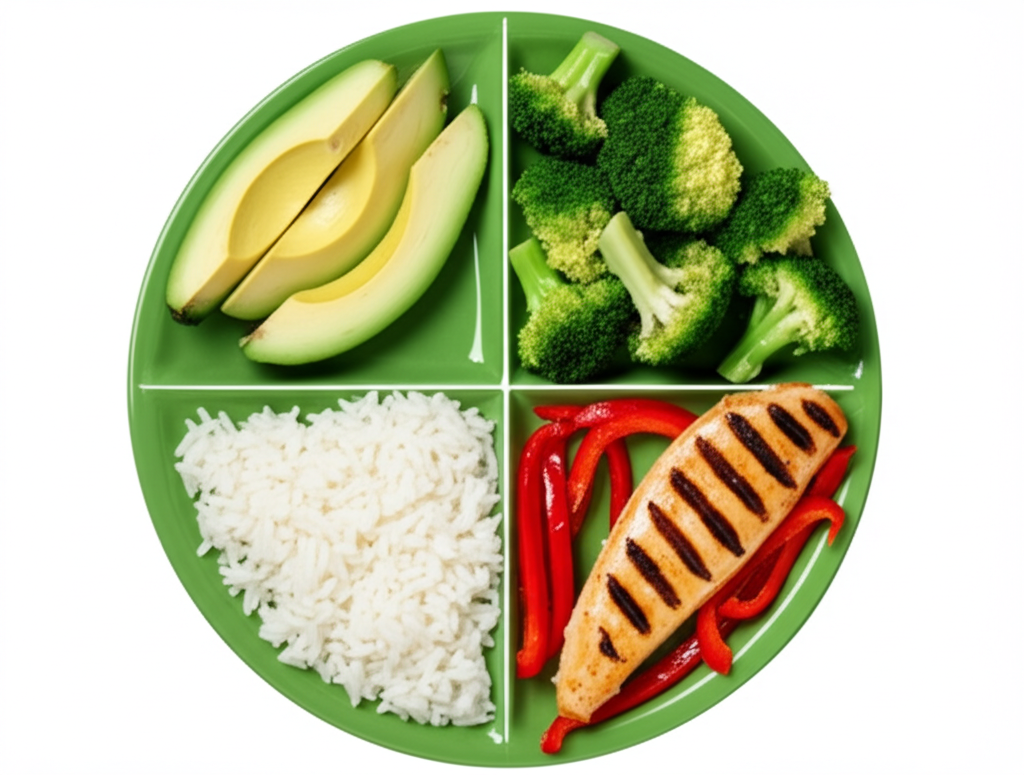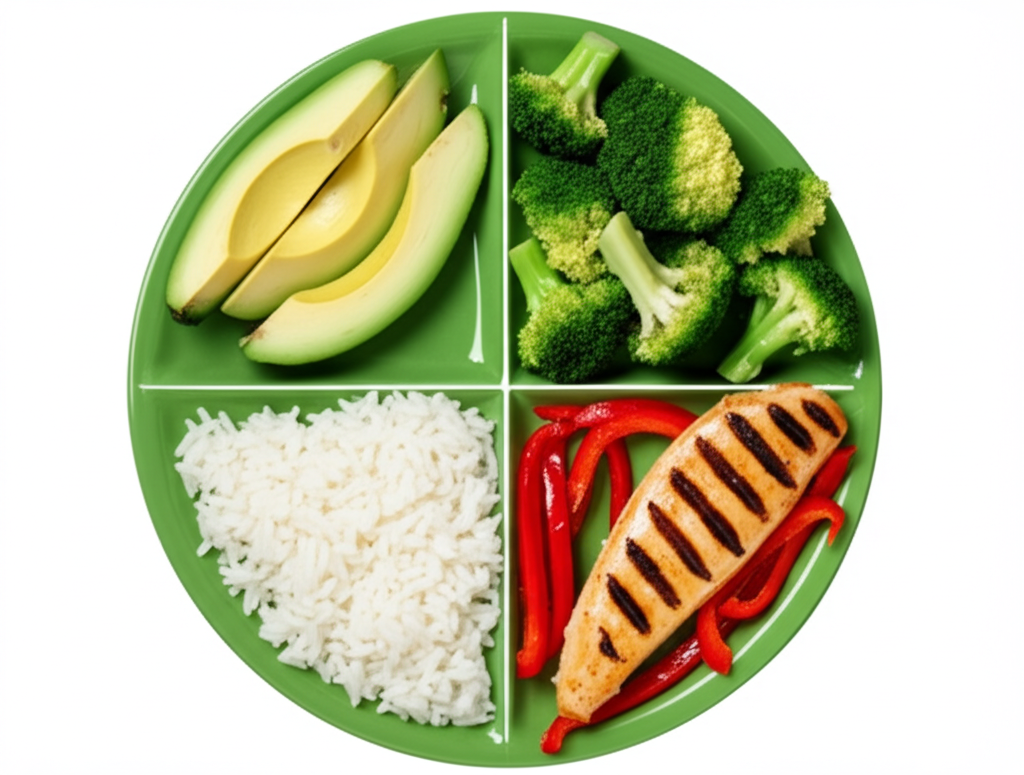Many people struggle with weight management and understanding the role of diet in achieving lasting results. Often, diets provide temporary solutions, leading to a cycle of weight loss and regain. This highlights the importance of addressing metabolism, the body’s energy creation process, for sustainable weight management.
The 2×1 diet, detailed in , offers a unique approach. Rather than a restrictive diet, it promotes a lifestyle shift focused on understanding how different foods affect your metabolism. This empowers individuals to make informed choices about their food consumption, enabling them to maintain control over their body and weight.
The core principle of the 2×1 diet revolves around dividing your plate into portions based on food types. Foods are categorized into two groups: “A” foods, which promote weight loss, and “E” foods, which tend to contribute to weight gain.

“A” foods, including meat, chicken, eggs, cheese, vegetables, and salads, are known for producing minimal insulin. These foods are essential for weight management because fat creation requires both glucose (blood sugar) and insulin. Without these two elements, the body cannot efficiently produce fat.
On the other hand, “E” foods, such as bread, flour, rice, potatoes, sweets, and chocolate, stimulate the pancreas to release more insulin. The 2×1 diet leverages this understanding by recommending that two-thirds of your plate consist of “A” foods, while the remaining one-third is dedicated to “E” foods. This balanced approach allows you to enjoy the foods you love while minimizing their impact on your weight.
Applying the 2×1 diet to breakfast, lunch, and dinner involves maintaining this 2:1 proportion. For example, a balanced breakfast could include eggs, cheese, and a small portion of bread, ensuring that the bread does not exceed one-third of the total meal.
By consistently adhering to the 2×1 diet’s principles, you can effectively manage your weight, control diabetes, boost energy levels, and balance your hormonal system.



